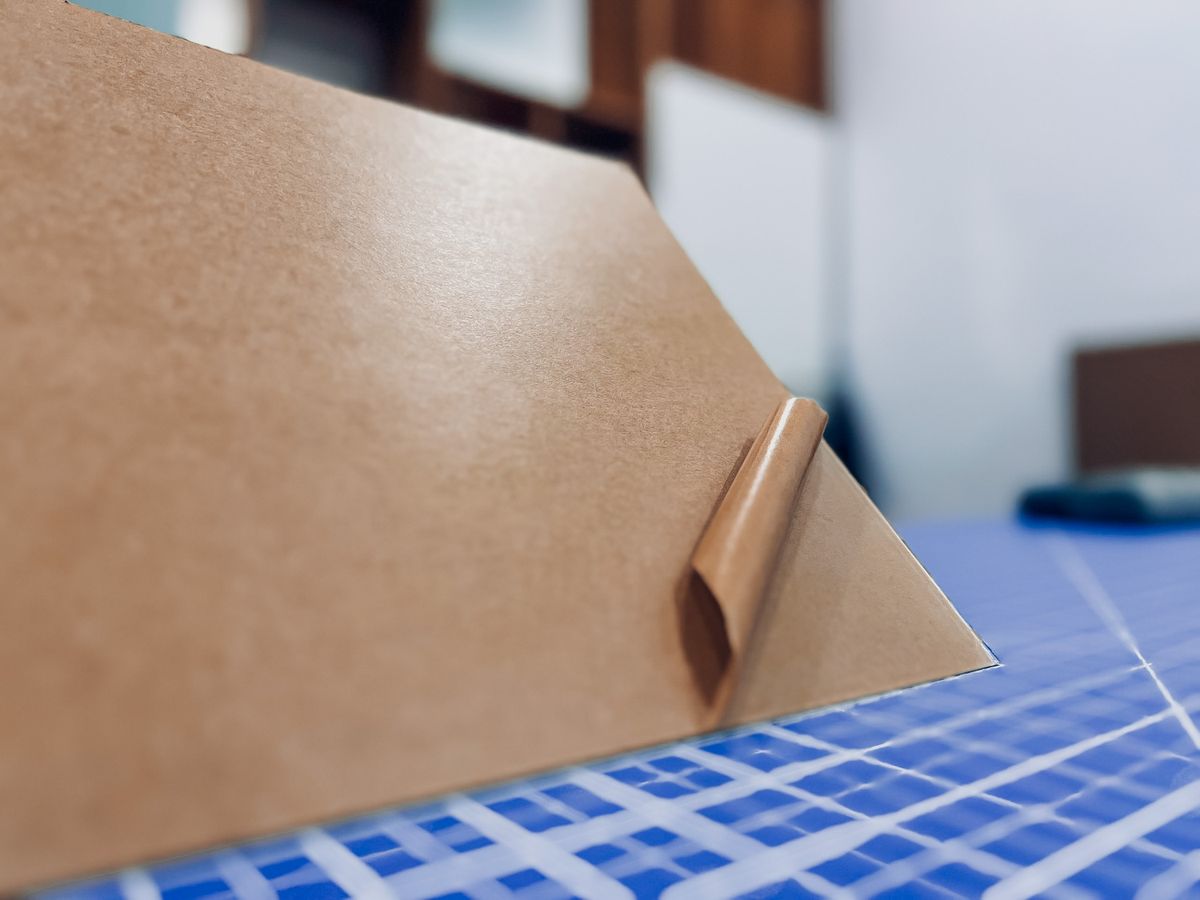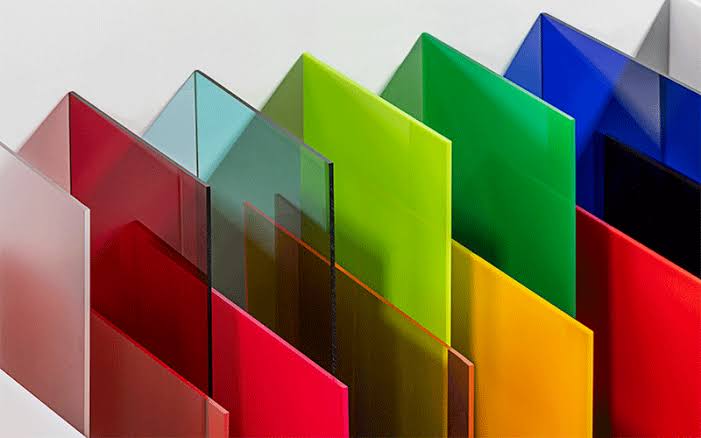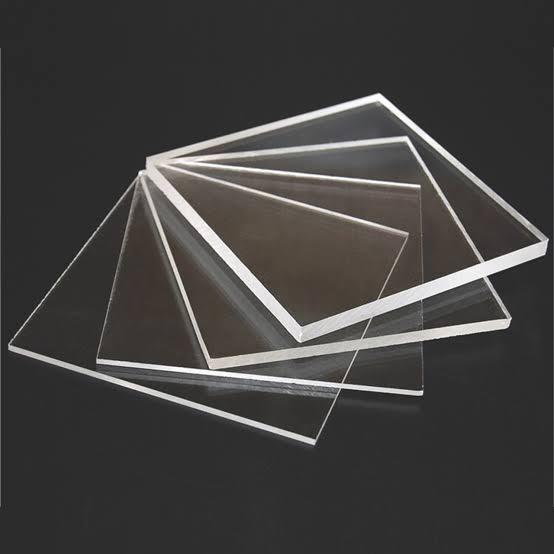Plexiglass vs. Acrylic: What’s the Difference?

“What's the difference between plexiglass and acrylic? I need to frame some photos, and I need to know which one is the best!”
These two terms often get used interchangeably, but they're not quite the same. Let's clear things up: Acrylic is a type of plastic known scientifically as polymethylmethacrylate while Plexiglas® is actually a brand name for one of the many types of this plastic. Over time, 'plexiglass' has become a general term people use to describe all acrylic sheets. But here’s the catch—Plexiglas® is a specific brand, so not all acrylic sheets are Plexiglas®. Wondering why that matters?
In this blog, we'll dive into the differences between plexiglass and acrylic. We’ll explore how they’re made, their unique properties, their various uses, and what you can expect when it comes to cost and availability. By the end, you’ll know exactly which material is best for your framing needs.
What Exactly is Plexiglass?

Plexiglass is actually a brand name. It all started in 1933 when a German chemist named Otto Röhm introduced Plexiglas® as a trade name for his new invention: a type of acrylic plastic. Much like how "Coke" has become a shorthand for soda, Plexiglas® became synonymous with acrylic sheets over time.
So, when people refer to “plexiglass,” they’re often talking about this specific brand of acrylic that’s made a name for itself in industries ranging from construction to framing. Plexiglass is celebrated for its clarity, strength, and versatility, making it a popular choice for all sorts of projects, especially when you want the look of glass without the fragility.
And What is Acrylic?

Acrylic, on the other hand, is the generic term for this versatile plastic. It’s a material that can be moulded into various shapes and sizes and is used in everything from signs and displays to furniture and, of course, picture frames.
One of the biggest reasons acrylic is so popular is because of its crystal-clear appearance, which rivals that of glass, but with a fraction of the weight. It's lightweight, durable, and less likely to break compared to glass, making it a fantastic choice for many applications, including framing.
So whether you go for Plexiglas® or another type of acrylic, you're getting a material that offers clarity, durability, and versatility—all in one neat package.
Why Choose Plexiglass or Acrylic for Your Frame?
Now that we've sorted out the names, let’s talk about why you might want to choose plexiglass or acrylic for your next framing project.
- Clarity: Both plexiglass and acrylic are known for their exceptional clarity. They allow your photos or artwork to shine through without any distortion, just like glass but without the heavy weight. This makes them perfect for displaying detailed or colourful pieces that you want to stand out.
- Durability: Here’s where acrylic truly shines. Unlike glass, which can shatter into dangerous shards, acrylic is shatter-resistant. If your frame happens to fall, the acrylic is far less likely to break, making it a safer option, especially in homes with kids or in high-traffic areas.
- Lightweight: One of the biggest perks of using acrylic instead of glass is that it's much lighter. This makes it easier to hang your frames on the wall without needing heavy-duty support. Plus, it’s less expensive to ship, which is great if you’re ordering custom frames online.
- UV Protection: Many acrylic sheets come with built-in UV protection, which means your framed piece will be shielded from the harmful effects of sunlight. This is especially important if you're framing something valuable or sentimental that you want to preserve for years to come.
What About the Downsides?
Of course, no material is perfect, and acrylic does have a couple of downsides that are worth mentioning.
- Scratches: Acrylic can scratch more easily than glass. But don’t worry—this just means you need to handle it with a bit more care. Use a soft cloth and mild soap to clean it, and steer clear of anything abrasive. If scratches do occur, they can often be polished out with a special cleaner.
- Static Attraction: Another thing to keep in mind is that acrylic can attract dust due to static electricity. This might mean you’ll need to clean your frames a bit more often, but for most people, the benefits of acrylic far outweigh this minor inconvenience.
So, Should You Go with Plexiglass or Acrylic?
In a nutshell, if you're looking for a lightweight, durable, and crystal-clear option for your frames, acrylic—including Plexiglas®—is a fantastic choice. It's ideal for framing everything from photos to artwork and is particularly great if you’re concerned about safety or need something easy to hang.
However, if you’re framing something that won’t be exposed to much wear and tear, or if you're on a tight budget, traditional glass might still be a good option for you. Just remember that glass is heavier and more fragile, so you'll need to handle it with extra care.
At Framegidi, we’re here to help you make the best choice for your framing needs. Whether you go with plexiglass, acrylic, or glass, our goal is to ensure your cherished memories and artwork are beautifully and safely displayed.
Ready to frame your next piece? Visit our website at Framegidi.com or send us a WhatsApp message at +234 701 062 5544 to get started! We can’t wait to help you create something special.

Comments ()